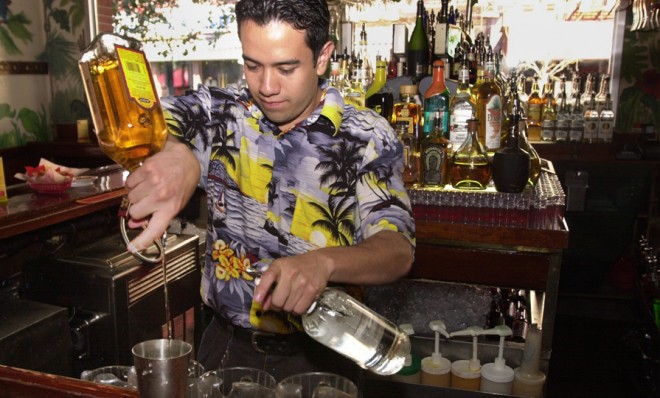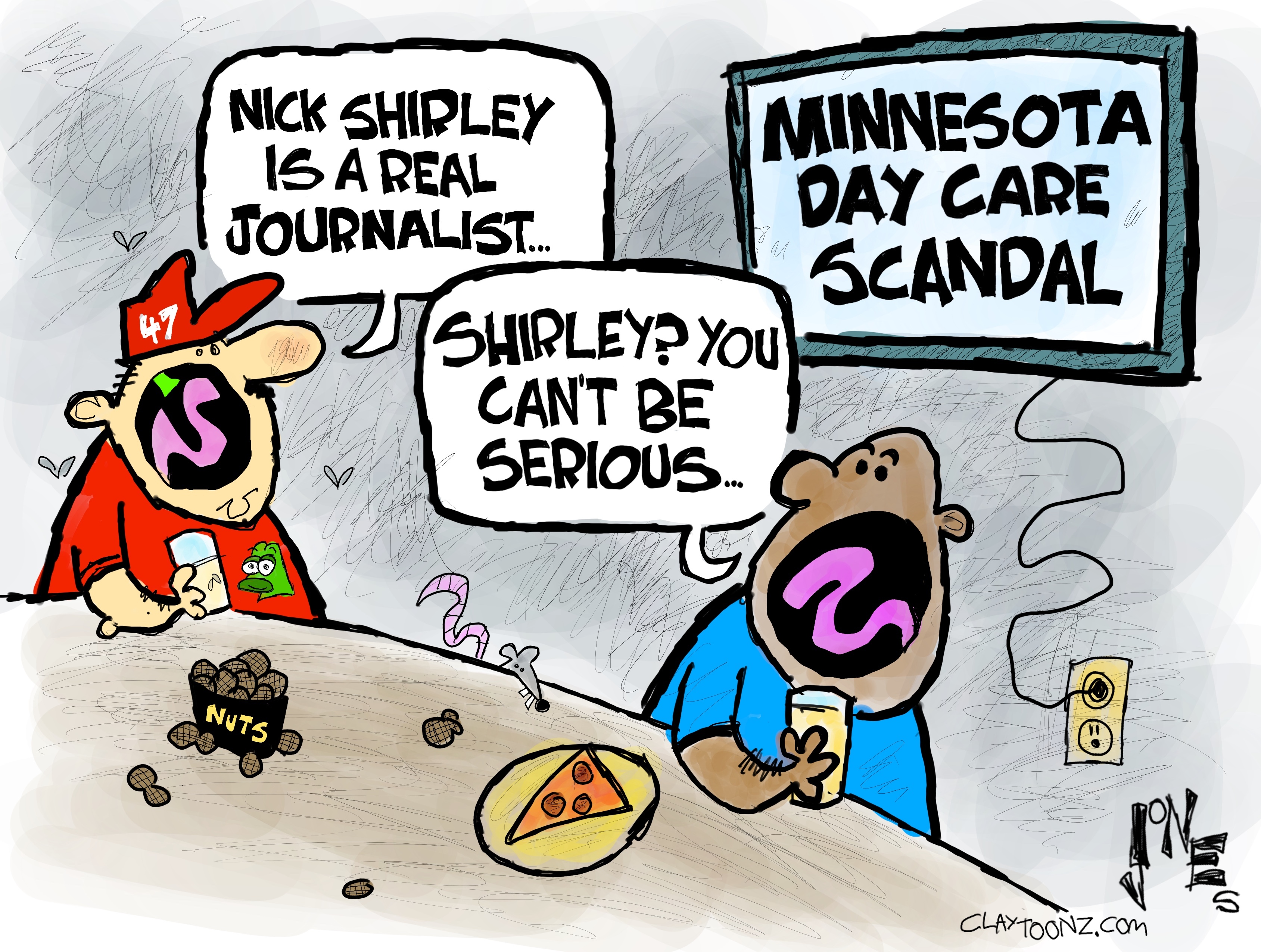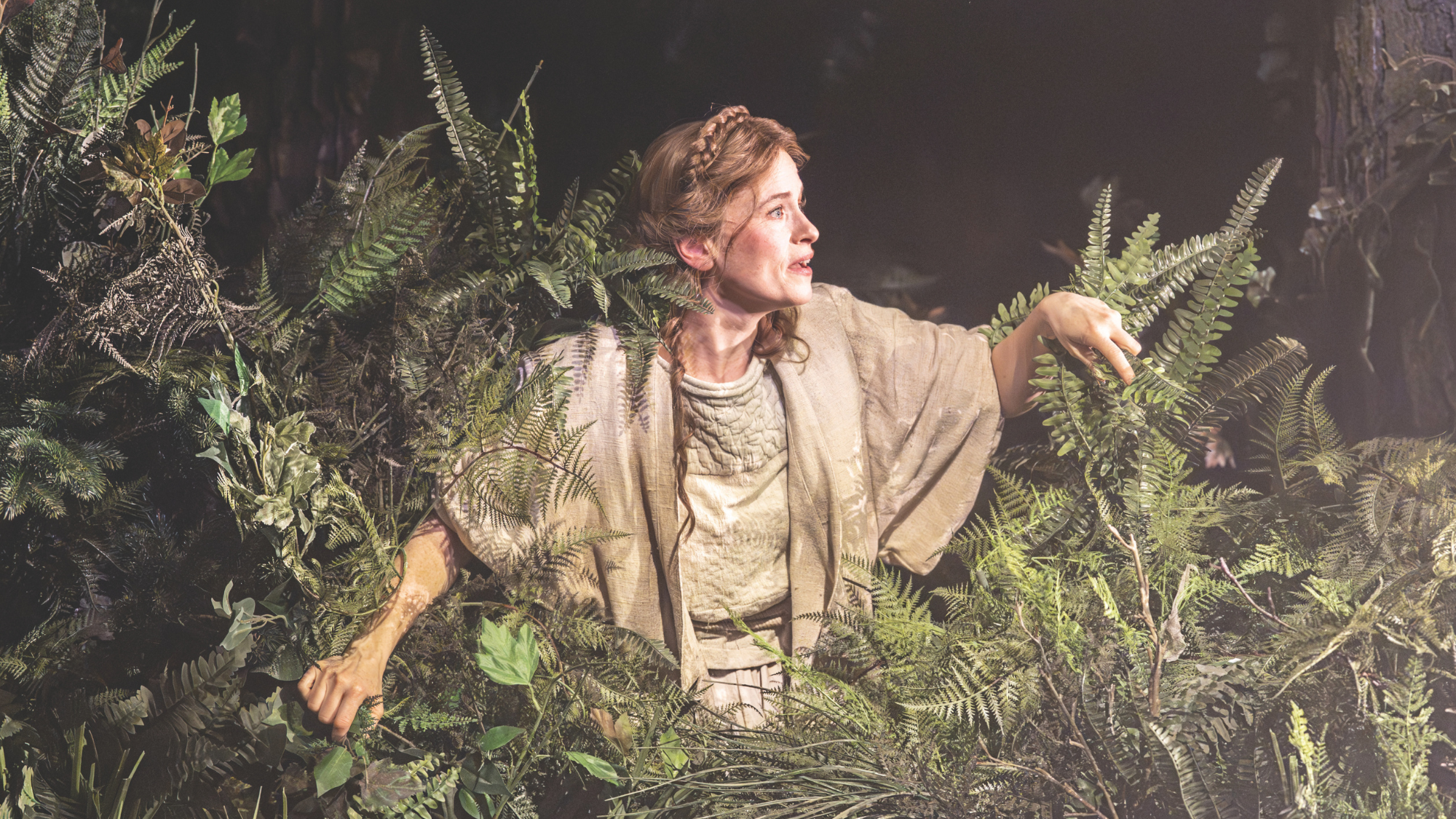The science of getting a bartender's attention
What's the most effective way to get a drink? Behavioral scientists may have found the answer.

While anecdotal evidence suggests that sobbing quietly until a bartender takes pity on you is a pretty effective way to get his attention, new behavioral research suggests it's actually not the optimal method for ordering a drink.
In this case, scientists from Germany analyzed a number of behind-the-counter behaviors to determine the best way to get a busy bartender to serve you a drink in a noisy pub. Using cameras, they recorded the actions of a few dozen patrons to determine which method produced the best results.
Some people, for example, tried waving their hands to catch the barkeep's eyes. (A bartender friend tells me this is a big no-no.) Others sandwiched their way between two people already at the bar, which is never a nice thing to do and might even hurt your chances of ordering a Jägerbomb on the rocks or whatever it is rude and horrible people tend to drink.
The Week
Escape your echo chamber. Get the facts behind the news, plus analysis from multiple perspectives.

Sign up for The Week's Free Newsletters
From our morning news briefing to a weekly Good News Newsletter, get the best of The Week delivered directly to your inbox.
From our morning news briefing to a weekly Good News Newsletter, get the best of The Week delivered directly to your inbox.
More effective: A few nice folks chatted amicably with their friends and glanced up periodically at the menu, which actually got them some attention.
So — what's the best tactic for silently communicating to bartenders your intent to order an alcoholic beverage? The answer: Stand square to the bar, and stare at them unflinchingly:
They found the most successful tactic, which occurred in 95 percent of orders, was standing squarely towards the bar with head facing forward.
Looking at the bartender, was successful in 86 percent of the orders. [Telegraph]
See! Not that hard. But why were researchers keen on understanding bar-patron behavior in the first place? (Emphasis added.)
Detecting whether a customer would like to order is essential for the service encounter to succeed. This detection is particularly challenging in a noisy environment with multiple customers. Thus, a bartending robot has to be able to distinguish between customers intending to order, chatting with friends, or just passing by. [Frontiers in Psychology]
That's right, the whole experiment was designed to see if robots could one day take over bartending duties. At least the robots won't need a tip.
A free daily email with the biggest news stories of the day – and the best features from TheWeek.com
-
 Political cartoons for January 3
Political cartoons for January 3Cartoons Saturday's political cartoons include citizen journalists, self-reflective AI, and Donald Trump's transparency
-
 Into the Woods: a ‘hypnotic’ production
Into the Woods: a ‘hypnotic’ productionThe Week Recommends Jordan Fein’s revival of the much-loved Stephen Sondheim musical is ‘sharp, propulsive and often very funny’
-
 ‘Let 2026 be a year of reckoning’
‘Let 2026 be a year of reckoning’Instant Opinion Opinion, comment and editorials of the day